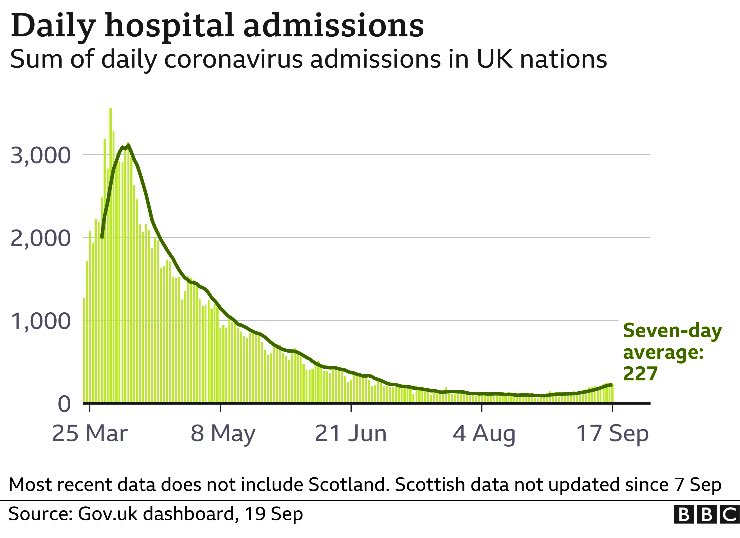In this national longitudinal study of 4570 patients with #heartattack, attendance at #CardiacRehab was associated with a temporal improvement in health related quality of life (#HRQoL) at up to 12 months following hospital discharge. @Heart_BMJ heart.bmj.com/content/early/….
‘Health-related quality of life (#HRQoL) is an important outcome measure following #heartattack’, states @benhurdus first author.
Healthcare professionals (& researchers) have historically focused on objective measures of poor health, such as mortality & life expectancy, but often patients consider improvements to HRQoL equally important to length of life.
The benefits of exercise following #heartattack on mortality have been demonstrated since the early 1950s, yet only recently has its potential to enhance HRQoL been recognised in this group.
The Evaluation of the Methods and Management of Acute Coronary Events (EMMACE)-3 is a @NIHRresearch national longitudinal prospective cohort study that collected data about care & outcomes for #heartattack across the #NHS of England. Enhanced #data linkage is funded by @TheBHF.
Among other patient-level items, it collected #HRQoL scores, self-reported physical activity status, #comorbidities, #treatments & clinical outcomes for patients who were admitted to 48 hospitals between 1 November 2011 & 17 September 2013 with an acute coronary syndrome.
Participants consented to have their data linked to electronic health records & registries such as @ONS, HES, @CardiacAudit & bespoke surveys. The EMMACE-3 protocol is published @BMJ_Open bmjopen.bmj.com/content/5/6/e0…
We aimed to study the association of #CardiacRehab & physical activity with temporal changes in health-related quality of life (#HRQoL) following #heartattack (ie the recovery trajectories of patients)
#HRQoL was estimated using the @EuroQol EuroQol 5-Dimension-3 Level Questionnaire at hospitalisation, 30 days, & 6 and 12 months following hospital discharge.
Propensity score-based weighting coupled with a multilevel linear regression model (repeated measurements nested within patients & patients nested within hospitals) was applied to assess the relationship of attending cardiac rehabilitation on HRQoL.
While no patients were involved in setting the research question or the study design, the work is coauthored by a patient representative who helped with the interpretation of the findings & provided a critical review of the manuscript text.
Questionnaire response rates were 96.4% (4403/4570), 74.3% (3395/4570), 65.1% (2973/4570) & 61.9% (2828/4570) at hospitalisation, 30 days, & 6 & 12 months, respectively.
For EQ-5D dimensions, 66.6% reported ≥1 problem at hospitalisation, which increased to 70.8% at 30 days, then decreased to 58.4% at 6 months, & 56.9% at 12 months.
Participants reported having the greatest burden of problems (of any level) at hospitalisation in usual activities (45.8%), followed by #mobility (35.5%), #pain (32.9%), #anxiety (30.2%) & self-care (13.8%).
Compared with the #UK averages, participants reported a greater proportion of problems in usual activities, self-care & mobility. #Anxiety was reported at a greater proportion at hospitalisation & 30 days, which then improved to below the UK average at 6 & 12 months.
NSTEMI had worse HRQoL than STEMI at each time point except at baseline, such that the mean EQ-5D-3L scores & EQ-VAS scores were 0.74 vs 0.78 & 69.6 vs 71.2 at 30 days, 0.78 vs 0.81 & 72.9 vs 75.3 at 6 months, & 0.78 vs 0.82 & 73.1 vs 76.5 at 12 months, for NSTEMI vs with STEMI.
Participants who attended cardiac rehabilitation had higher #HRQoL scores compared with those who did not attend.
Moreover, attendees showed a greater temporal improvement at each follow-up point: 30 days (mean EQ-VAS: 71.0 (SD 16.8) vs 68.6 (SD 19.8)), 6 months (EQ-VAS: 76.0 (SD 16.4) vs 70.2 (SD 19.0)) & 12 months (EQ-VAS: 76.9 (SD 16.8) vs 70.4 (SD 20.4)).
The propensity weighted multilevel model demonstrated improvements in HRQoL following #heartattack over the 12-month follow-up period (EQ-VAS score coefficient at 6 months: 3.18 (95% CI 2.22 to 4.14) & at 12 months: 3.81 (95% CI 2.72 to 4.90) compared with 30 days).
Moreover, for patients who also participated in physical activities of ≥150 min/week, the magnitude of the positive association between #CardiacRehab & improvements in #HRQoL was larger.
It has been suggested that the minimal clinically important difference for #HRQoL as measured by @EuroQol EQ-VAS is 7 points.
We found that at 12 months, the absolute difference in EQ-VAS was 14.9 points when comparing patients who both attended cardiac rehabilitation & undertook additional physical activity with those who did neither (84.1 vs 69.2).
A #systematicreview of RCTs reported improvements in #HRQoL measures in 14/20 studies for patients with #heartattack, previous coronary revascularisation or established CHD who participated in an exercise-based cardiac rehabilitation programme compared with standard care.
Observational longitudinal population-based studies such as ours negate some of the above issues by allowing the nesting of time periods, which enables investigation of trajectories of #HRQoL & potentially within a much larger cohort of patients over time.
Our #data suggest that #CardiacRehab has an important role to play in HRQoL recovery after #heartattack, & encouragement of sustained physical activity beyond the initial period of cardiac rehabilitation may lead to even greater benefits in HRQoL over time. @LIDA_UK @UoL_LICAMM
There was a loss to follow-up of nearly 40% by 12 months, which may have resulted in a selection bias. Notwithstanding this, the multilevel model enabled inclusion of all patients, even if they were not assessed at all follow-up points.
We do not propose a causal relationship, which can only be tested in randomised studies. Nevertheless, we undertook a weighted propensity score analysis which will, in part, have mitigated some of the confounding by indication.
Encouraging (& providing they services for) patients to participate in cardiac rehabilitation & to pursue sustained physical activity may be important for recovery following #heartattack.
Read @benhurdus ‘s full manuscript for free here @Heart_BMJ : ‘Association of cardiac rehabilitation and health-related quality of life following acute myocardial infarction’ heart.bmj.com/content/early/…
With many thanks to @AlistairSHall, @SulAktaa @bernadetteTDond @Marlous3011 @NACR_Audit @TheBHF @NIHRresearch, & others at @LeedsMedHealth @LIDA_UK @UoL_LICAMM @UniversityLeeds @LeedsHospitals @NIHR_ARC_YH
@TaylorSteph1 @RehabUhnm @CardiacRehab12 @CLCHRehab @BJCardNursing @SGHCardiacRehab @NGCRAC @cardiac_rehab7 @CR_East_BCU @CUHCardiacRehab @IRehabilitation @CardrehabCOCH @cardiacrehabuk @CardiacRehabNow @bacpr
• • •
Missing some Tweet in this thread? You can try to
force a refresh






